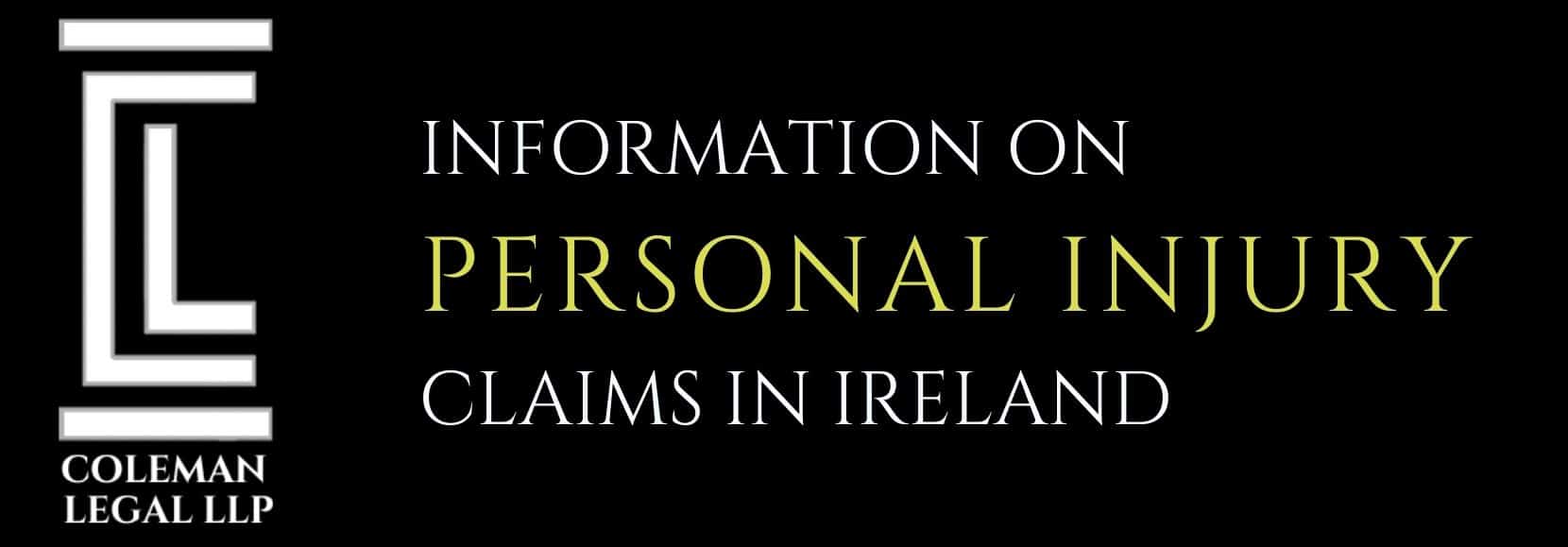I am looking for information about pursuing a claim for work-related chronic obstructive pulmonary disease. My doctor told me that I may have the disease and that my previous career as a coal miner in home county of Yorkshire is the most likely reason for its development. Am I eligible to claim compensation?
As in all compensation claims for injuries and illnesses, for your claim for work-related chronic pulmonary obstructive disease to be successful, you must be able to prove that the employer whose negligence you believe led to your condition developing failed in their duty of care to you. This can often be difficult to prove and a full medical examination is the first step – if you have not already visited the hospital to procure a medical report on your injury you should do so without delay. This is important even after visiting your doctor.
Pursing a claim for work-related chronic obstructive pulmonary disease has been the basis for thousands of compensation claims taken against employers since its specification as a prescribed disease in 1993, and although a lull in claims occurred after the initial immediate 4,000 up until the end of 1994, the disease remains the a common reason for workplace compensation claims.
Just because thousands of others have suffered with the same affliction and claimed for it as you intend to, does not mean that you are guaranteed compensation however. A claim for chronic obstructive pulmonary disease, even when supported by a medical report may not be enough to bring a successful claim – you still must prove that your employer’s negligence contributed, at least in part. Other factors, such as smoking and asthma may also be considered, as they too can lead to chronic obstructive pulmonary disease developing according to research carried out by the Health and Safety Executive.
Pursuing a claim for work-related chronic obstructive pulmonary disease can be a stressful and time consuming process – it should only be pursued with the assistance of a qualified injury claims solicitor.
